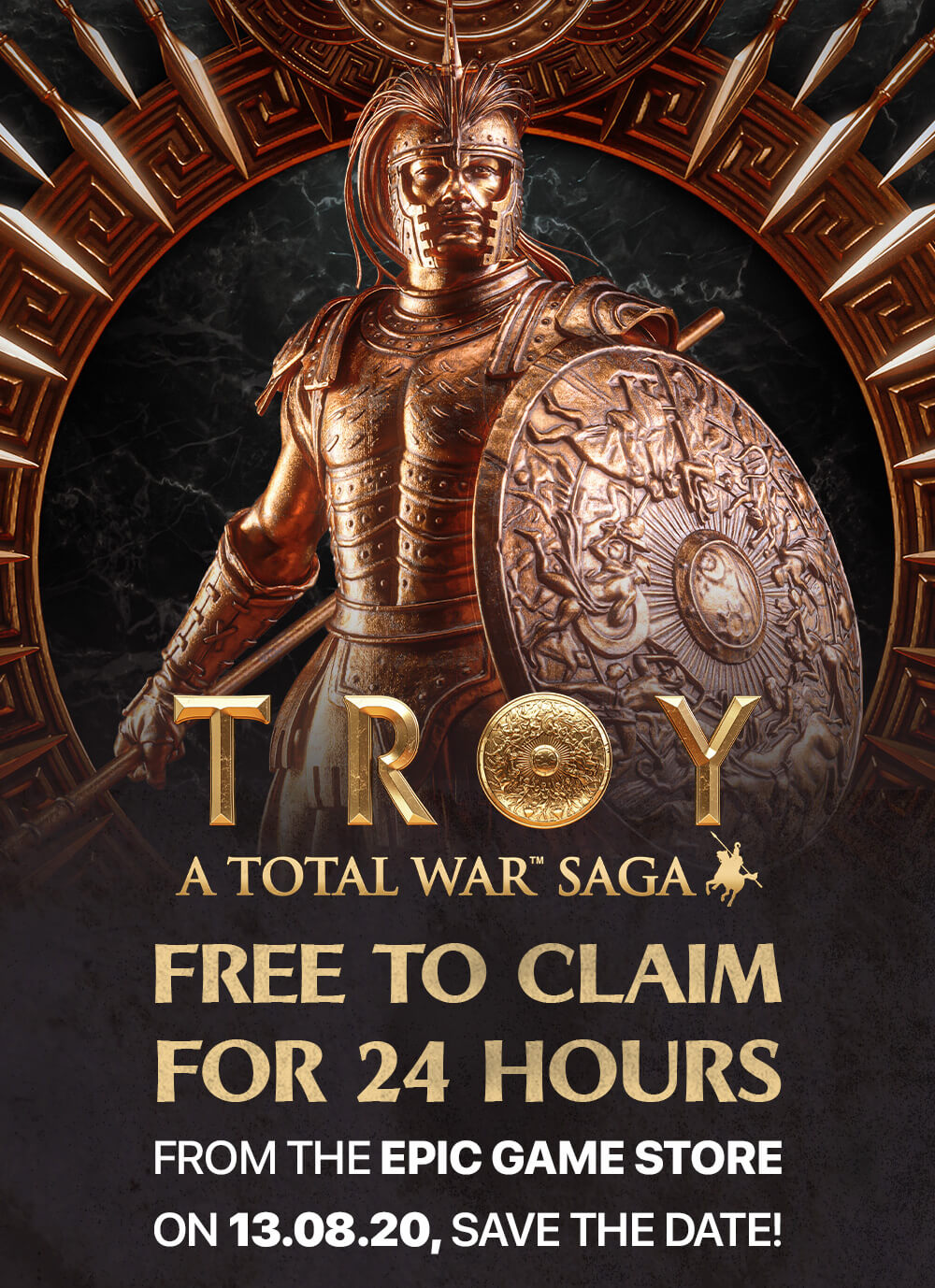
Such disparate beginnings prompt a fresh set of priorities when you move from one faction to the next. The starting locations add a further dimension-Sarpedon is quite isolated albeit vulnerable to attack from across the sea while Agamemnon is protected by powerful neighbouring allies but as a result doesn't have much elbow room to expand. I felt like a Trojan puppetmaster, pulling the strings to bend the region's politics in my favour.Įven though I only toyed with the other factions and didn't get to fully appreciate their unique mechanics, it's clear these mechanics are incredibly powerful-Odysseus, for example, can construct buildings of his own inside an allied settlement while Paris can move Helen around the map and gains huge bonuses and penalties depending on how near or far apart they are.

I played a lot as Sarpedon of Lycia and was able to take advantage of his ability to interfere in trade deals between other factions, redirecting resources my way or cancelling deals outright. Faction leaders possess markedly different abilities both on and off the battlefield that, when combined with a clutch of unique units and buildings, allow for contrasting strategic approaches. There are only eight playable factions-split evenly between the Trojans and the Danaans-though each one feels distinct in crucial ways. If Troy isn't the best looking Total War yet, it's certainly the most visually striking. Still, the way the crumpled parchment fog of war burns away as you chart new territory is lovely, and it echoes the stunning black and red figure paintings that loom over the horizon at all times. It's disappointing you can't actually see the farmlands, quarries, lumbermills, and temples you've built spill out onto the map. However, the settlements themselves lack distinguishing features and don't seem to evolve in appearance as they develop.

Those forests and mountains, those archipelagos ringed by reefs and gorgeous blue water are depicted in exquisite detail. The diverse geography provides a healthy mix of terrain types across the map, which in turn present different strategic challenges: The densely forested mainland is ideal for ambushes and funnelling armies through its mountainous corridors while the islands in the Aegean may be more exposed but any invading force is likely to have suffered attritional losses making the treacherous journey by sea.įortunately, since you'll be spending most of your time playing Troy scrolling around the campaign map, it looks beautiful, too. But that map is absolutely massive, taking in all of mainland Greece, a hefty slab of the western coast of modern-day Turkey and dozens of islands in between. There's just the one map upon which the campaign is played.


But to the benefit of the series' strategic legacy, Homer's writings set the scene rather than deliver a script, leaving plenty of room for those of us who haven't memorised The Iliad to enjoy crashing one enormous army into another and watching the world burn.Īt first, Troy seems a bit small. In the newest Total War Saga, the Paris-Helen-Menalaus love triangle is the spark that doesn't just ignite the Trojan War of legend-it turns the entire eastern Mediterranean into a tinderbox.Īs a more focused, more specific take on Total War, Troy has an epic tale to tell. You may have heard tales of a great war between the ancient Greeks and the Trojans, a feud kindled by divine intervention, stoked by love and betrayal, and finally extinguished in an epic siege.


 0 kommentar(er)
0 kommentar(er)
